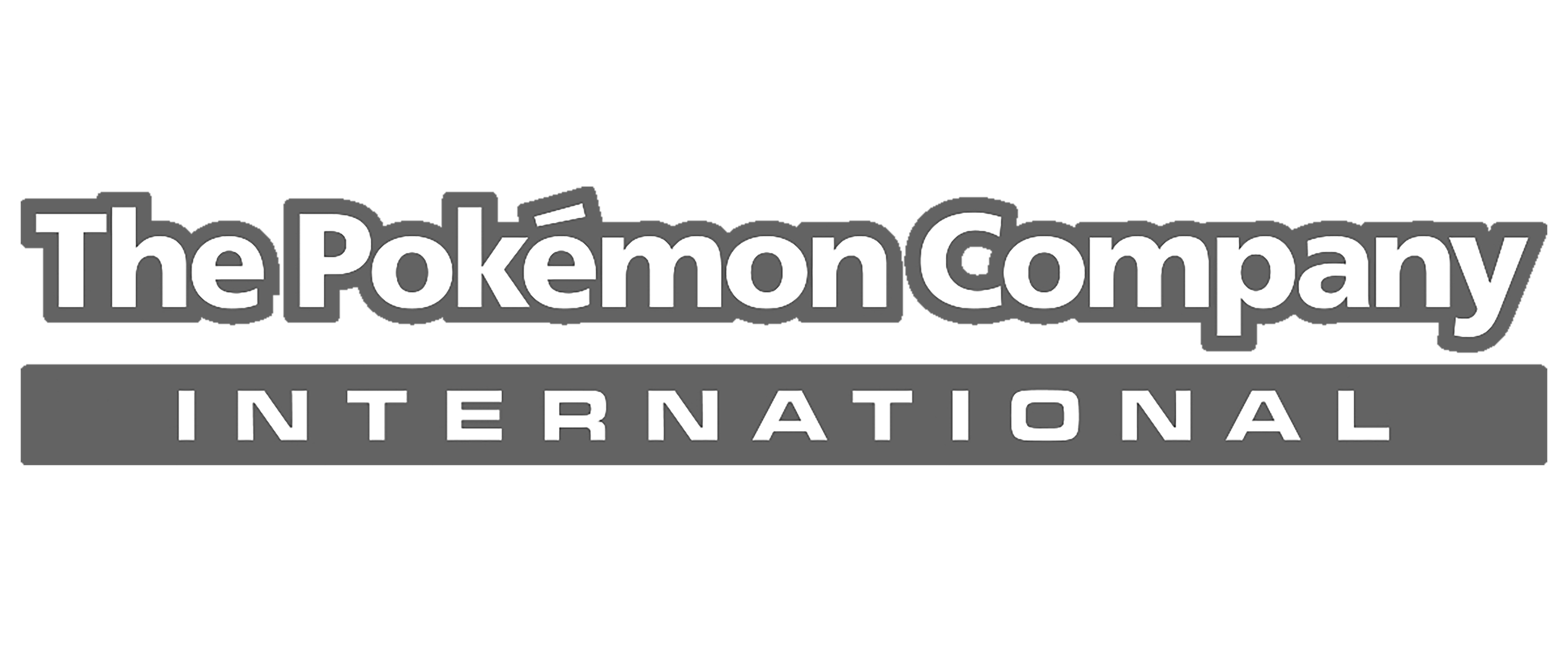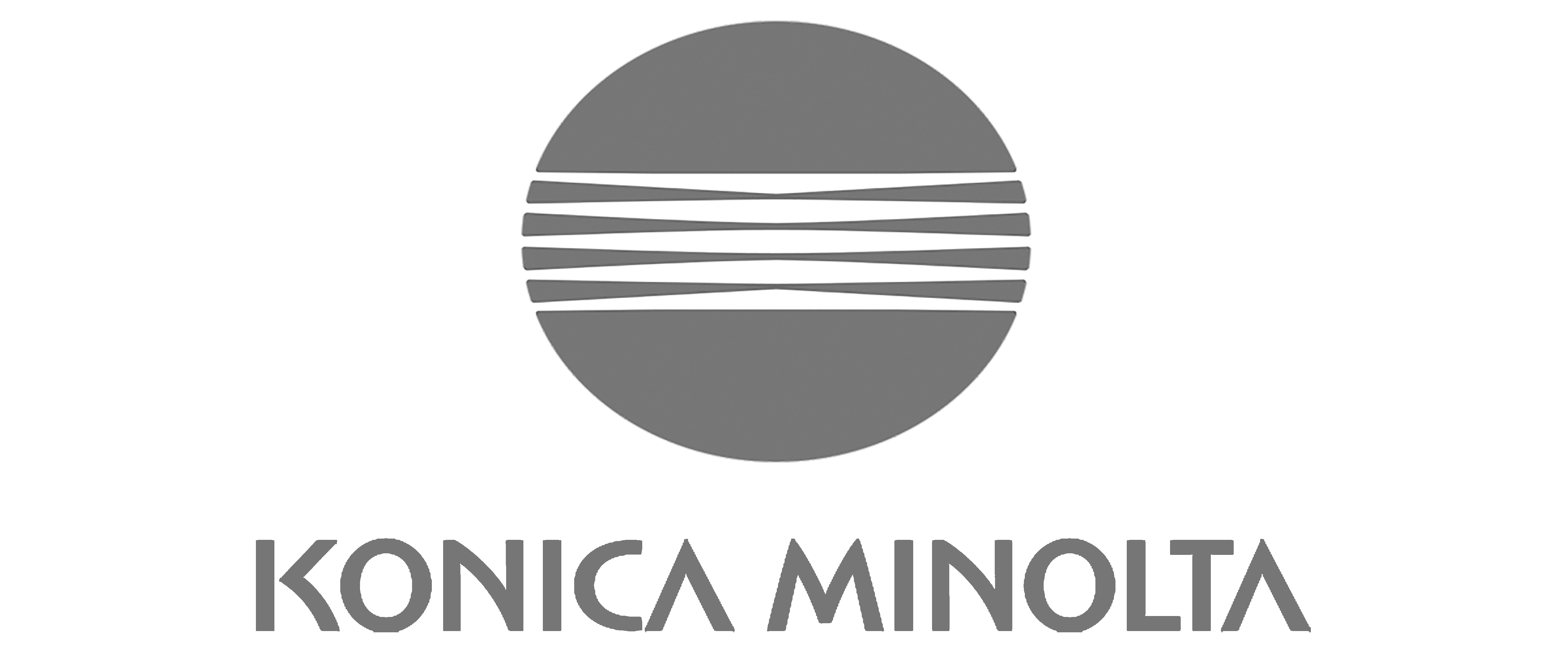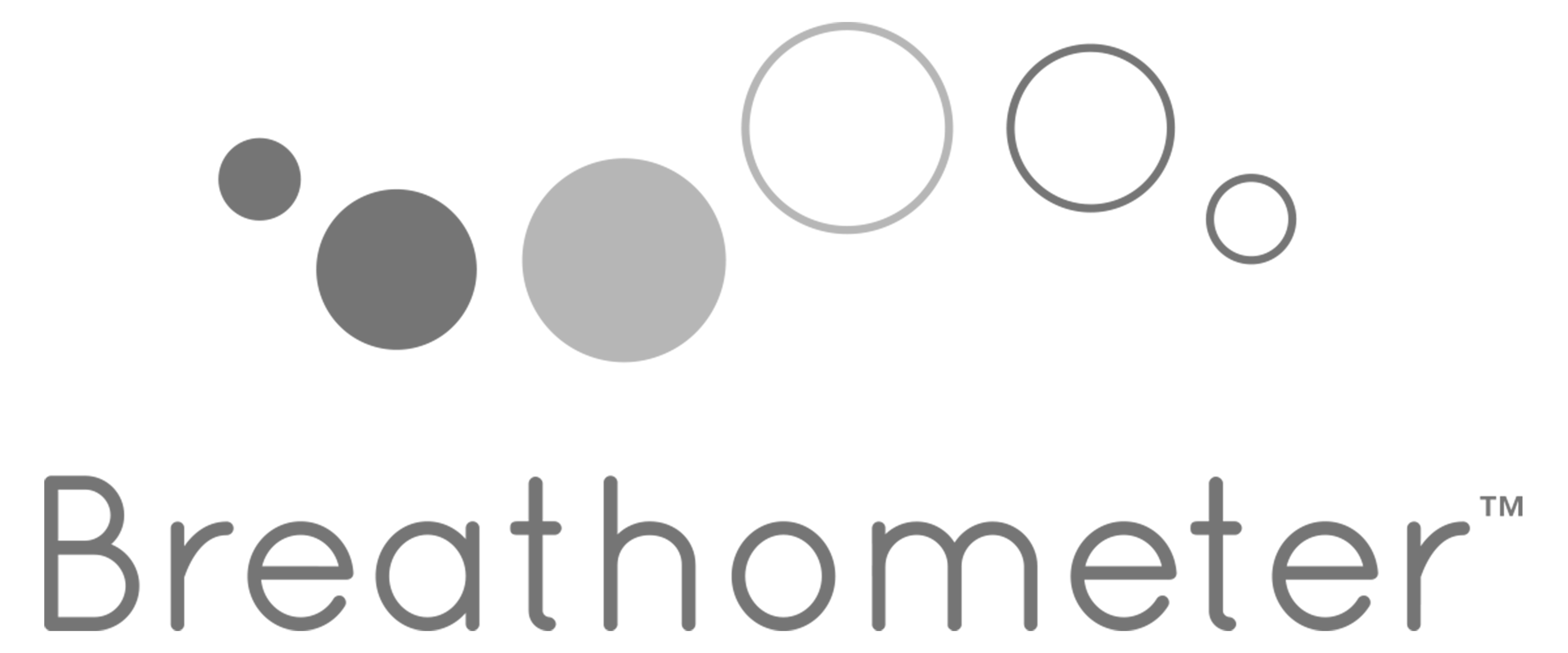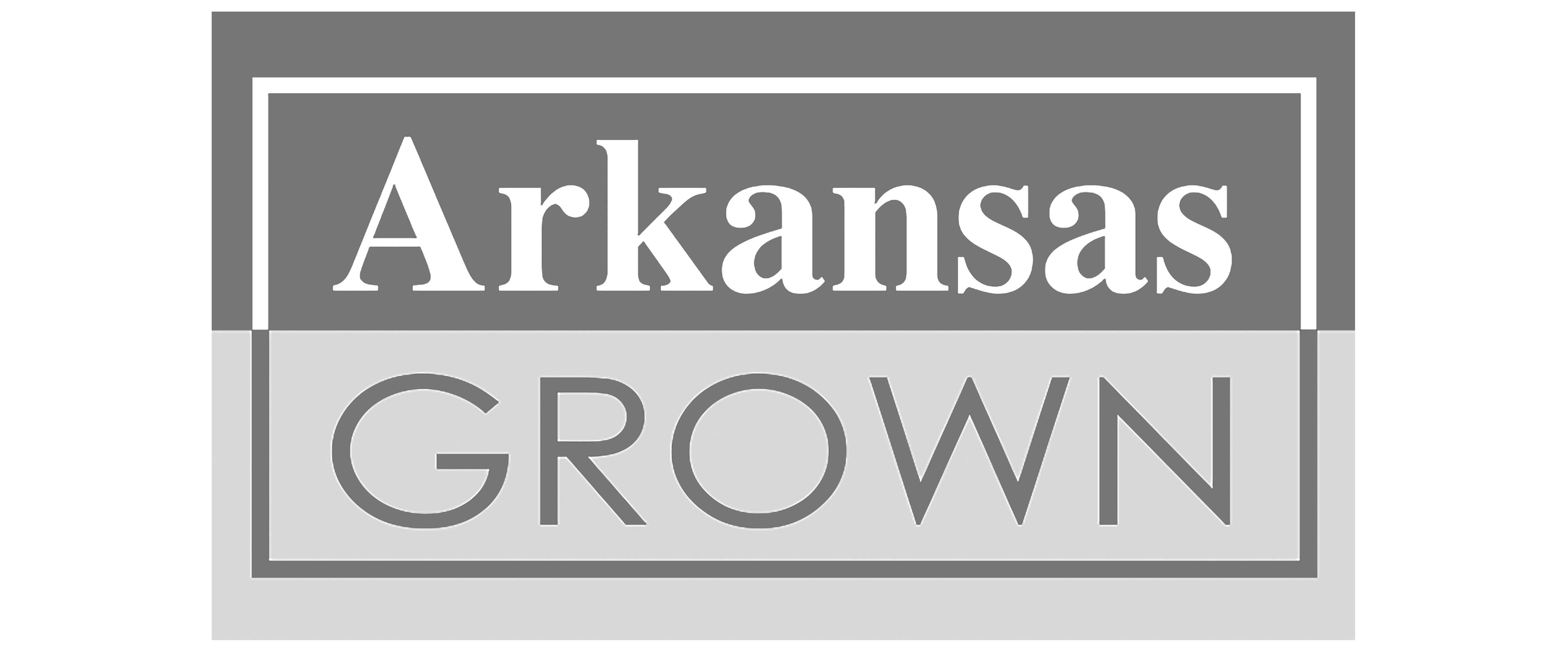Whether you’re a new exhibitor or you’ve been at this for multiple years, the question of budgeting is often one that gets complicated. There are many sizes, stakeholders which can derail the budget, and factors to travel, lodging, food, and marketing which can add up quickly. How do you determine what your company can expect to spend in your trade show budget? We’ve accumulated a breakdown for you that can serve as an excellent guideline:
Trade Show Budget 101: How Much Will You Spend on the Space?
First and foremost, a company needs to examine what they’ll spend on the trade show booth space. This is the very first cost to include in a trade show budget. Depending upon the show, the city, the size of the show, and the industry, prices can range from reasonable to downright obscene. As a protip, it’s advisable that companies don’t spend over 40% of their trade show budget on their actual trade show booth space. The reason is because people can go overboard trying to spend like the largest competitor in their space and find they’ve got relatively left to design a trade show exhibit to fit inside the booth. In comparison, their trade show exhibit will look small and out of its league. Consider what your company can realistically afford as a part of the trade show budget and where your company can afford to splurge versus save. If there are multiple stakeholders, it’s important to gather them in one room together for a meeting or a series of meetings to discuss your trade show budget. This ensures there’s no confusion when it comes down to the various moving pieces that are a part of a successful exhibition. Do yourself and discuss the space itself before anyone gets married to ideas of the bells and whistles of a trade show exhibit or exciting events.

For the Love of Design: Your Trade Show Budget and Your Trade Show Exhibit
Your trade show exhibit is your calling card at your trade show. No matter your industry, there will be a range of exhibits from the very saddest and most basic to incredibly dynamic exhibits. Some people decide to go to the show services provider for all of their needs and end up getting something that looks incredibly generic. If you’re looking to blend into the pack like an insecure teenager, this is probably a great strategy. However, if you’re looking to stand out from the crowd and define your company as an industry leader, you’ll want something custom. It can be difficult to determine just how custom a company can afford as a part of their trade show budget. After all, there are many companies willing to give you the lowest price possible and promise up and down that they’ll stay within your trade show budget. Then on day 2, you find a slip of paper in your trade show booth outlining thousands of dollars of extra charges you never anticipated. If there’s little to no wiggle room in your trade show budget, or if you don’t like surprises, your best bet is to go with an exhibit design house partner who offers a fixed price guarantee with no post-show billing.
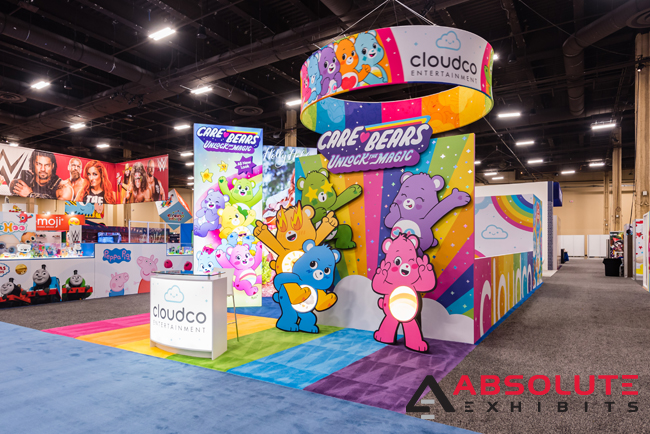
Once your company has settled on an exhibit house to work with, it’s important to know what the price range is going to be. Only with a price range can people start to determine what their trade show budget might shape up to look like. In truth, it all depends upon the size, the amount of decks, and desired custom elements in the trade show booth. A good rule of thumb is that Myroform system exhibits will run around $65 per square foot and truly customized trade show exhibits may run anywhere from $100 to more per square foot. Again, this is dependent upon many factors. The good news is there are many ways to customize elements and keep figures down in the trade show budget. This can include removing less bridges, less reception counters, switching out kinds of cuts of logos, and more. The best advice is to have a frank and honest discussion with your trade show exhibit house designer to determine what your company can realistically afford. Once the trade show exhibit is finished, then the next logical step is to determine where to spend on the people and logistics of exhibiting.
People and Places
It’s easy to see how bringing more people will eat up more of your trade show budget. We’ve seen some exhibitors bring 30 people to a trade show booth that will hold about 4 people comfortably and we’ve seen others bring 15 to 20 in larger trade show exhibits, but only 1 or 2 people look like they’re busy. If some of those people are hourly and non-salary workers, depending upon the labor laws in your state, you may also be subject to overtime and double overtime laws. We’ve said it time and time again- only bring the staff you need to your trade show. There are multiple reasons for this- cutting trade show budget costs for transportation, lodging and meals, and cutting the dead weight. What good does it do an exhibitor to have throngs of people standing around with no aim, purpose, or interest in being there? Consider who you bring carefully.
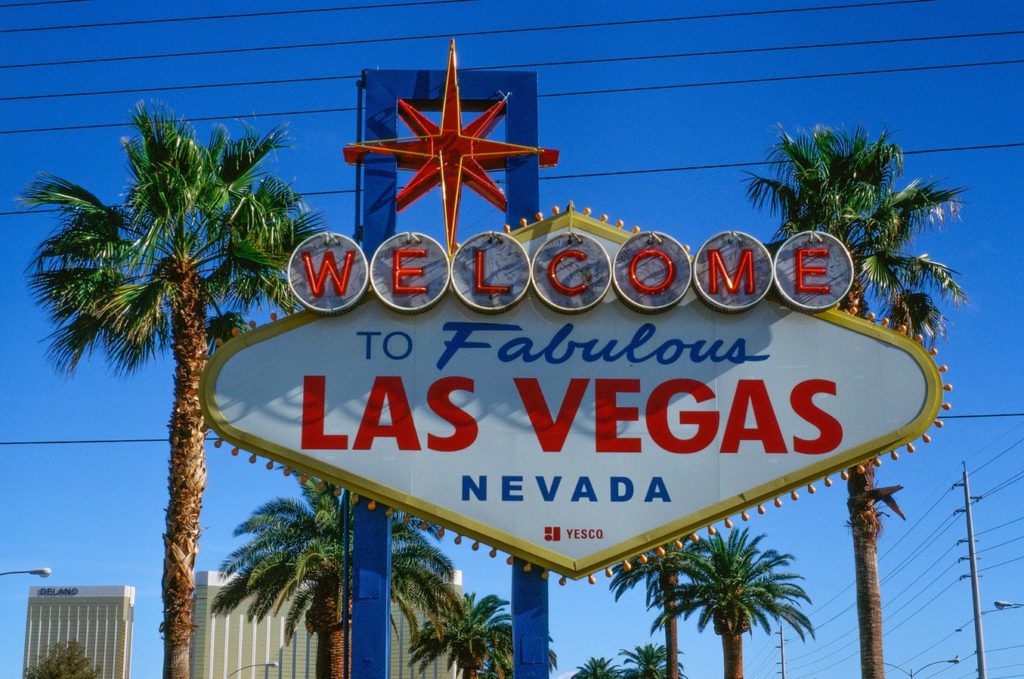
The Fun Part: Events, Parties, Happy Hours
There’s something interesting that happens when people congregate at a trade show- they are out of the house, away from their desk and ready to party hardy. But if elaborate events, parties, and happy hours are not a part of your trade show budget, your company needs to strongly consider how to show valued clients their gratitude and how to attract leads and prospects to their trade show booth. Not everything needs to be as Eric Church sings, “with a drink in my hand…” Think carefully about how to engage people, including your own staff without the need to break the bank and come back wondering how to make payroll next month.

Deciding on a trade show budget is a serious and daunting task. There are so many elements involved that we’ve only identified a handful. Each company has a different set amount of money they can spend, a different desired ROI and a different sized footprint in their industry. Using the guidelines we’ve outlined above, this can provide a great starting point for stakeholders to determine a wise and carefully assembled budget.






